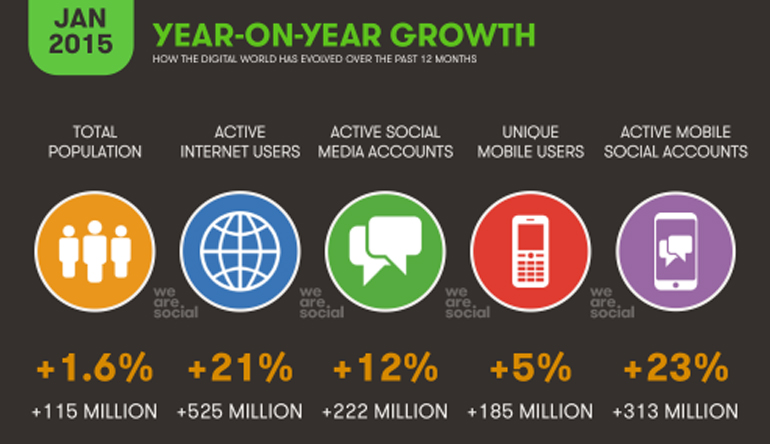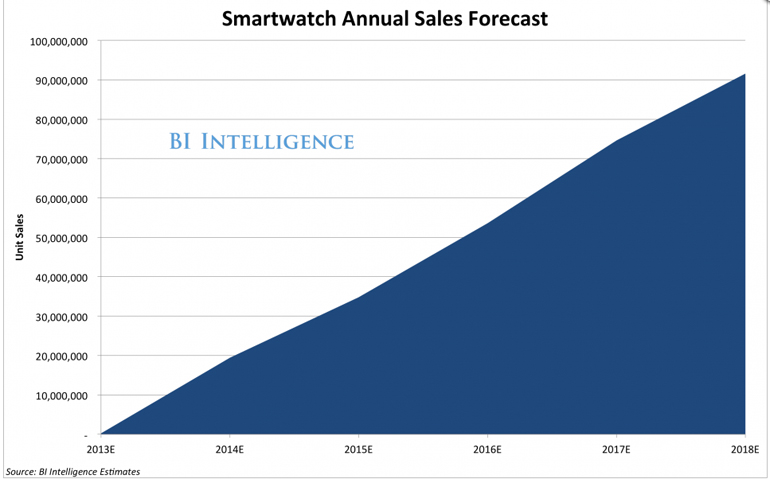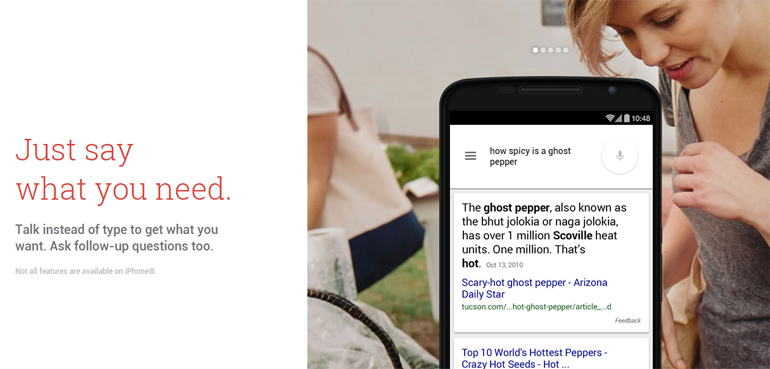Why Traditional Web Design Is About to Hit a Dead End
To most of you, the term "traditional web design" is a bit of an oxymoron. In some ways, web design can in no ways be traditional because it's only been around for 20 years. Plus, because the web has evolved so rapidly and so inconsistently over those 20 years, there's no way to define a set period of "traditional." Even if there were, what defines a website today cannot be considered traditional because in comparison to older sites, modern websites are radically different.
Trends today, like responsiveness, larger scrolling sites, custom photography, hidden and slide-out menus, are all viewed as major steps forward in web design, establishing new norms for high-quality designs. But in the grand scheme of things, these changes are barely significant, and reliant on a system of web usability that has existed since the dawn of the Internet. The traditional website, as we know it, is becoming obsolescent. As a result, web design as we know it is going to hit a complete dead end, from which there may be no recovery.
The Dominance of Apps
The first major factor responsible for the death of the traditional website is the rising dominance of applications. Smartphone, tablet, and even desktop operating systems are gradually adopting a style that favors the use of individual apps over any other means of information retrieval. In the scope of the "traditional" web, users relied on a single application, a web browser, as a gateway to an unlimited network of functionality. Through this web browser, you could access websites full of information, entertainment, or other functions and because of this, designers raced to see who could produce the most attractive website.

Today, separate downloadable apps are dominating web use and practical functionality. Rather than heading to a browser, pulling up a site, and accessing a function there, users can bypass the process and access immediate functionality through a dedicated app - for example, Google Maps was once restrained to browser-based access, but now can be used directly on any phone or tablet. Because the trend of app use shows no sign of stopping, it's clear that one day soon, apps could entirely replace traditional web pages.
Apps will still need customized designs, of course, but the functionality of each app will demand something unique. There can be no template for these types of designs, and designers will be forced to rethink fundamentals of user experience design with apps as the priority.
Social Information
In addition to individual apps, users are becoming increasingly reliant on social media platforms for their news and information. When searching for basic business information like store hours or restaurant menus, it's just as easy to look it up on Facebook or ask the company directly than it is to find it online. In addition, new articles and media are becoming more integrated in social platforms' news feeds, making it less and less necessary for users to leave those platforms in search of other websites.

Due to the uniformity of social media, there's little room for design here. Company and organization pages must simply fill in the blanks offered by social platforms (i.e., include a profile and header image), and post content within the means of the platform. While this alone won't bring an end to the world of the traditional web, it can contribute to the web page's inevitable demise.
Wearable and Integrated Technology
Wearable and interactive technologies, like the Apple Watch and Google Glass, are still in their infancy, but the early popularity and buzz surrounding these devices indicates a strong desire to weave together the real and digital worlds more closely. With the smartwatch market poised to sell 91.6 million units by 2018, there isn't much room for other technologies to survive much longer.

With smaller, touch- and voice-based interfaces and new ways of getting environmental information, it's highly unlikely that traditional web pages will be able to serve users' needs for longer than another five years.
Instant Search Information
For 15 years now, Google Search has been the ultimate gateway for information and functionality on the web. Web pages have been and can now be found using the tool, giving web users a reason to seek out and stay on individual pages. However, Google is making moves to do away with this old style of web interaction. With new tools like the Knowledge Graph, Google is hoping to provide users with more direct information in response to their search queries, ultimately making Google Search more of an encyclopedia than a directory.

And with practically infinite information and functionality available immediately, what use will users have for traditional websites?
Are Traditional Websites Dying?
The short answer is yes. Users will likely continue accessing the traditional web through traditional web browsers throughout the near future, even as other forms of technology and web access rapidly evolve. Ten years from now, a minority of the population will still be accessing traditional websites, creating some residual demand. However, the vast majority of the population will shift gears to a more exciting, more integrated, more immediate form of connectivity, leaving many traditional web designers out of work.
What You Can Do About It
It's a sink or swim dilemma. There's nothing you can do to stop the shift away from traditional web design, but you can actively prepare for the fallout from it. Instead of honing your skills on traditional web page design and seeking the newest upcoming trends, start focusing on alternate technologies and mediums, looking for the new ways that users will start accessing information and honing your skills for them. When the shift does come, and it will come gradually, the proactive will be rewarded and those resistant to change will eventually lose out.
About the author
Copyright © . All Rights Reserved
